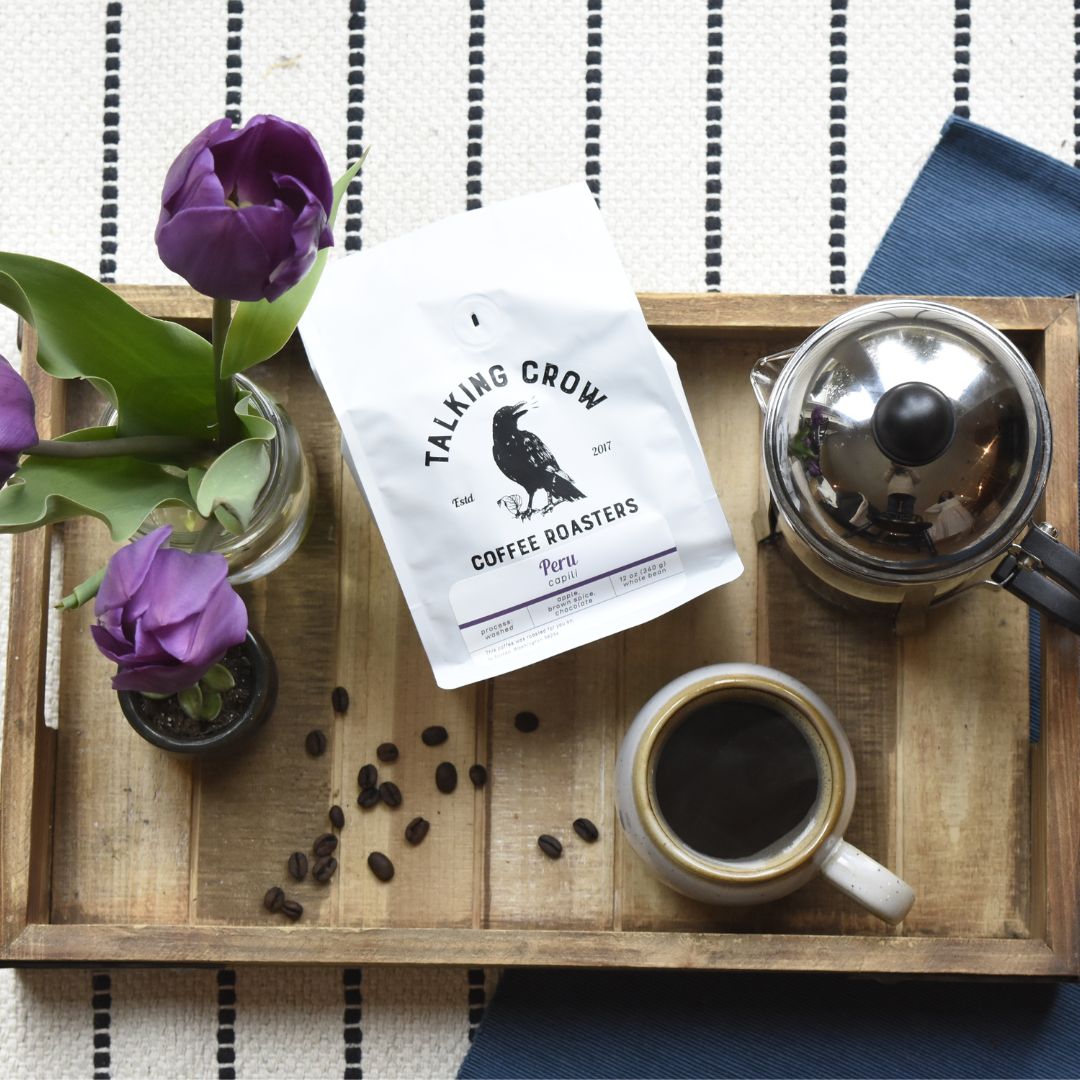What's the Difference Between Single Origin Coffee and Blends?

Coffee is grown between the two tropics (Tropic of Cancer and Tropic of Capricorn), and that encompasses a lot of regions. Usually a coffee grown in one particular country is known as a “single origin” coffee. Coffee grown throughout the entire country can be added together to create a very large lot of coffee. Each country has its own set of different environmental factors such as elevation, soil, and climate which influence how its coffee tastes.
However, over the past twenty years, the meaning of “single-origin” has become a bit more nuanced. Like concentric circles moving inward we see the country of origin as the outer-most ring, narrowing down to a region within the country, next the district of country, even more specific the farm-co-op, down to the single farm where specific varietals are grown. Any of those “circles” are considered a single origin. But the difference is traceability. This allows us to become acquainted with the farmer and his story, which is often one of generational farming, along with his agricultural practices to create a unique, signature product. This is where the term “Micro-Lot” comes in, it’s more specific than “single-origin” because it is coffee sourced from a single plot of land or a very small group of farmers that live nearby.
You might think it a matter of semantics, but when you consider all the micro climates and soil differences throughout a country, focusing in on a particular area with its unique environmental factors and the farmer with his choice of farming and processing methods really showcases the final product – and you can definitely taste the differences.
Conversely, a blend is just that - a blend of beans from different countries. One might argue that creating a blend of coffee will just muddle all the flavors. That can be the case and often is the motive for huge operations that are not as selective about the quality beans they use.
However, with Specialty coffee, the motive is entirely different. Wanting to bring out different flavor notes and combinations of notes, a roaster may choose to blend certain regions to achieve that. Another good reason for blending is to provide a consistent roast that is available throughout the year due to harvesting seasons and crop availability. Creating a blend using beans from a country that has two harvest periods can accomplish this.
As a small-batch artisan roaster, we here at Talking Crow pride ourselves on having many single origins available, but we have created a new line called HELLO, inspired by Tony, Eric’s crow and his favorite word. The HELLO line will feature special edition blends from time to time.
Cheers!
Carol